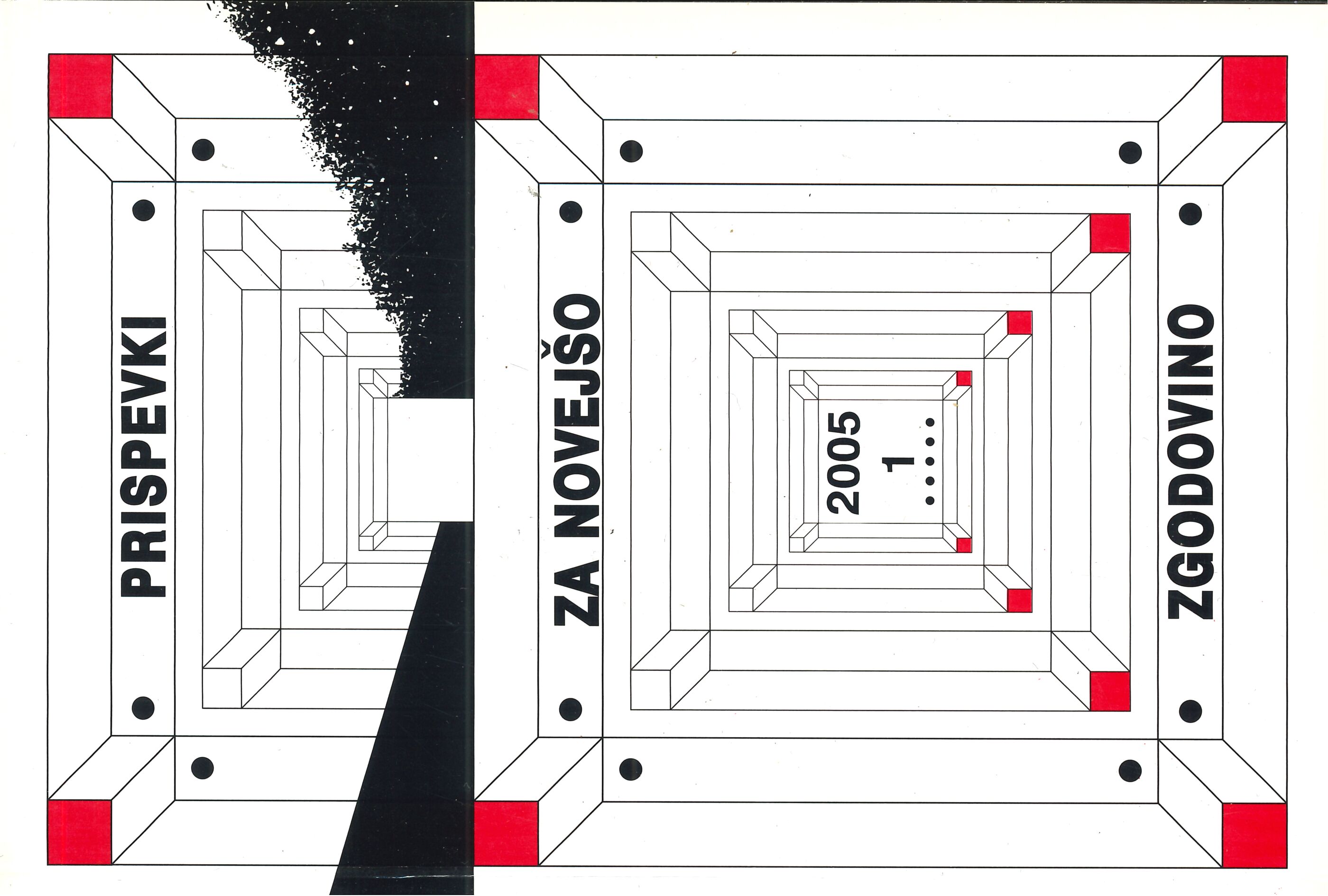Wartime Violence in Brkini and Ilirska Bistrica District during the Second World War
Keywords:
wartime violence, deportation, executions, arsons, forced labour, Slovene Litoral, BrkiniAbstract
After the end of the First World War, the Slovenes in Primorska suffered various forms of violence at the hands of the Italian state throughout its occupation of the area between the former Austro-Hungarian and the so-called Rapallo border. This was a result of its fascist policy of forced assimilation as well as the attempts to suppress anti-fascist resistance through severe punitive measures. During the Second World War this violence only intensified. The area of Brkini and Bistrica (south-east Primorska) was of great strategic importance (under the kingdom of Italy this was a border area and an important connection between the Balkans and Italy. Furthermore, in 1944, the Allies were expected to disembark in Istria.) Because of this, both the Italian and German authorities attempted to destroy the partisan movement by using the severest measures - carrying out regular "check-up" raids in villages, cleansing operations (offensives) and retributive actions against civilians, which included arsons of entire villages, looting, individual and group executions, arrests and deportations of those civilians and their families who collaborated with or supported the liberation movement. In addition, the German occupier introduced forced labour in Austria and Germany as well as within the local area for the construction of fortification lines in Istria and Čičarija.
Downloads
Published
Issue
Section
License
Authors who publish with this journal agree to the following terms:
- Authors retain copyright and grant the journal right of first publication with the work simultaneously licensed under a Creative Commons Attribution License that allows others to share the work with an acknowledgement of the work's authorship and initial publication in this journal.
- Authors are able to enter into separate, additional contractual arrangements for the non-exclusive distribution of the journal's published version of the work (e.g., post it to an institutional repository or publish it in a book), with an acknowledgement of its initial publication in this journal.
- Authors are permitted and encouraged to post their work online (e.g., in institutional repositories or on their website) prior to and during the submission process, as it can lead to productive exchanges, as well as earlier and greater citation of published work (See The Effect of Open Access).


